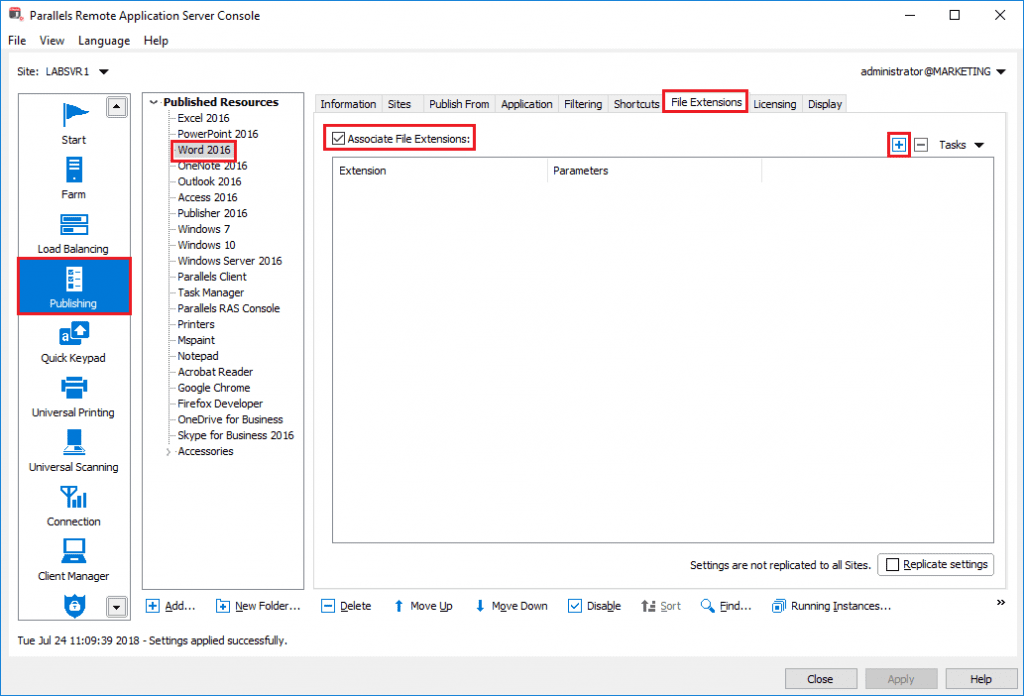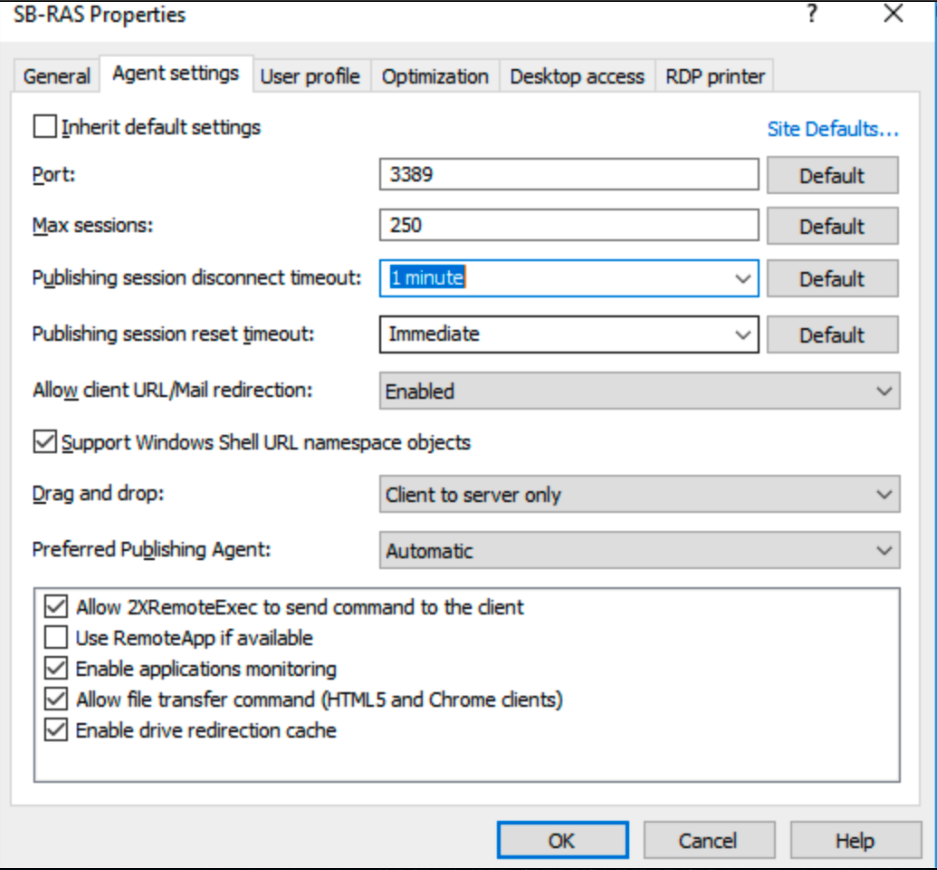
the group membership will only exist for the duration of the session). When the user logs off, they will be removed from the group (i.e.
PARALLELS CLIENT TIMEOUT FULL
When a user logs on, he/she will be automatically added to the specified group and will therefore have the Remote Desktop connection (or full Administrator) permissions on the server. Instead of manually adding each user to the Remote Desktop Users (or Administrators) group, you can enable this option to do it automatically. On the Security tab, you can specify whether to automatically grant users Remote Desktop connection permissions on guest VMs.

If Suspend is selected in the Perform action field, no action will be applied to a Nutanix Acropolis VM when a session disconnect occurs (a corresponding error will be recorded in the VDI Agent log). Note for Nutanix Acropolis users: Nutanix Acropolis does not support the suspend operation for its VMs. Actions: The two drop-down lists here specify an action to perform on session disconnect or logoff.This option is used to avoid unnecessary reconnections with the host server. Publishing session timeout: The amount of time each session remains connected in the background after the user has closed a published resource.Note: Beginning with RAS 17, the default setting for this option is Never. You can also type any desired time period, such as "1 week 3 days". Auto remove persistence if guest was not used for: The time period after which persistence should be automatically removed.You can set any of the available time periods by selecting it from the drop-down list or you can type a desired value, such as "8 days" or "12 hours" Unless a VM like this is repaired, it will be automatically removed after the time period specified in this field. You can identify such VMs by the "Failed to create" value in the Guest VM state column ( Farm / / VDI / Desktops). Auto remove guest VMs which failed preparation after: If a guest VM encounters a problem during the preparation stage (for any reason), it remains on the server but cannot be used.Protocol: Specifies a protocol that Parallels RAS uses to communicate with a guest VM.Connection timeout: If a connection with a guest VM cannot be established in the specified time period, Parallels RAS will cancel the connection attempt.The General tab contains the following properties: Note that any modifications you make to Site defaults are immediately applied to all guest VMs in the current Site that use them. This opens the Site Default Properties dialog, which is described below. Select the Desktops tab in the right pane.To view and modify Site defaults, do the following:

Non-template based guest VMs also use Site default settings by default and you can also override them if needed when you configure these VMs. By default, templates (described later in this chapter) inherit Site default settings, but you can override them if needed when you configure a template. Site defaults are settings that are defined on a Site level and can be used by templates and guest VMs (both template-based and non-template based).


 0 kommentar(er)
0 kommentar(er)
